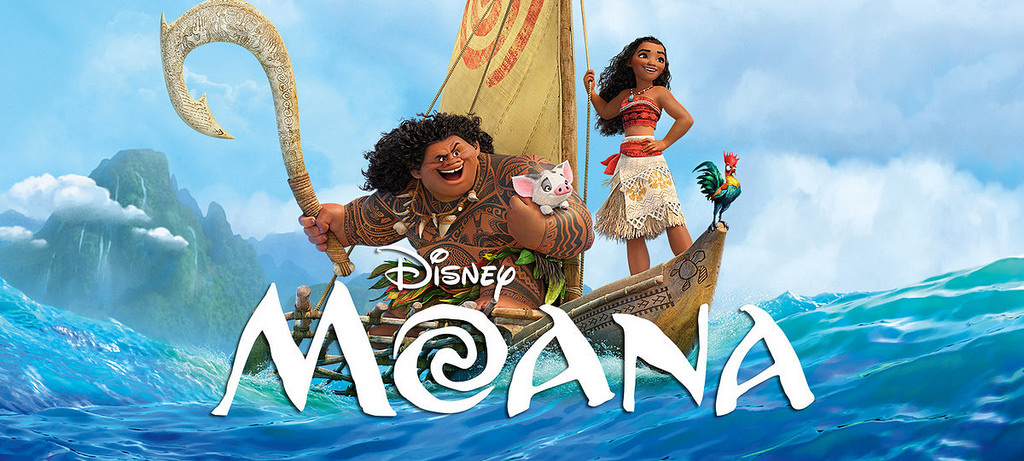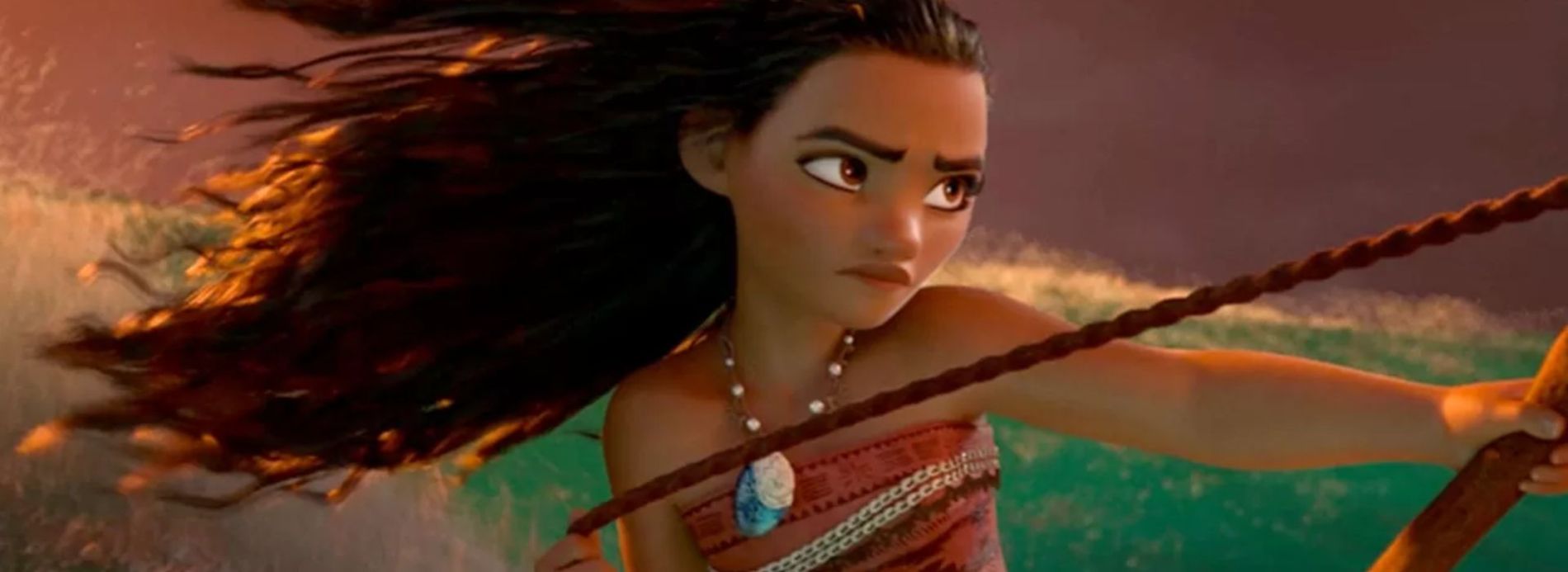Polynesian and Hawaiian culture has intrigued the Western world for centuries. When Captain Cook discovered that indigenous Hawaiians spoke a language closer to the South Pacific Islands than any other language, the mystique of the Hawaiian and Polynesian people in Western lore began.
Polynesians were the first ones who were successful at using ancient technology to bring people across the ocean to inhabit these dots of land that were rife with volcanic activity such as Hawaii and Tahiti.
However, before this settlement, there was a “Long Pause” in Polynesian sailing that is depicted in the Disney movie Moana among other aspects of Hawaiian culture. For about 2,000 years, no one seemed to go anywhere from the original Polynesian mainland.
Scientists attribute the “Long Pause” to a lack of boating technology that was able to overcome the wind and natural forces. However, when they began to travel again, they did so with great gusto and eventually reached Hawaii, Tahiti, and New Zealand.
The Polynesians from the Marquesas Islands were the first to reach the Hawaiian Islands, around AD 300 to 600. They first settled by the water and set up farming systems, with a second group of settlers, the Tahitians, arriving hundreds of years later. They were the group who ended up inhabiting many of the Hawaiian Islands until Westerners arrived in the late 1700s.

The plot of Disney’s Moana
Disney’s Moana has depicted part of Polynesian history in its own way, with some aspects being somewhat factual while others were exaggerated.
Disney’s Moana is set on the fictional island of Motunui. She is selected to sail and return the heart of Te Fiti, an island goddess, after it is stolen by the demigod Maui to give mankind the power of creation. Te Feti’s heart is symbolized in a pounamu stone amulet which is lost to the depths. After Te Feti’s heart is stolen, she becomes the lava demon Te Ka and curses Motunui a millennium later, resulting in a blight.
At the time of the blight, Moana’s people had stopped traveling a long time ago and were protecting themselves using a reef. Moana heads out to sea despite her father’s warnings to never cross the protective reef. Moana struggles to learn sailing and getting past her home reef. This is foreshadowing to her learning the path of wayfinding.
Once Moana proves success in her travels, her people begin traveling once again. This essentially is Disney’s interpretation of the end of the Long Pause, although of course it differs significantly from the real scientific reason.
Plan Your Visit
Explore true Hawaiian history while staying in one of our Waipouli Beach Resort rentals. We offer you full access to the islands as well as the best outdoor and historic attractions that Kauai and the Royal Coconut Coast have to offer. Grab a place to stay today and discover the real story behind the Moana adventure.
Comparisons between Hawaiian culture and Moana
Thanks to Disney, the Polynesian people were put in the limelight. However, there are several points between Moana and real history that do not compare.
Maui, for example, is a real demigod in Polynesian culture who works toward the good of humankind. He is normally depicted as a teenage boy, except in the movie. Maui is portrayed as an overweight and unintelligent man in the movie, which is an offensive image of the culture. Many native Hawaiians are offended by the character, and do not want their young children witnessing Disney’s portrayal of this sacred demigod.
Disney also missed the mark by omitting Hina from the tale. Hina is Maui’s companion goddess, and she is essential to Polynesian lore for creating balance. Every god has a companion goddess to demonstrate the harmony of the world. The film left out a large part of Polynesian culture by leaving her out of the tale.
Further, Disney frequently portrays island inhabitants with cliched coconuts. The idea of islanders with coconuts is a comedy stereotype created by American television shows. Many say that Disney’s overuse of the coconuts in this movie is in bad taste.
The depiction of the legendary Kakamora people in the movie is also incorrect. They are shown as wild, dirty pirates wandering the ocean. In fact, they are a short statured mythical group of people from the Solomon Islands, similar to the Menehune dwarfs of Hawaii. In real Polynesian lore, they do not act or look like the movie depiction.
Disney claims to have performed research for this film, but it is clear that much of the rich Polynesian and Kauai history was ignored. Watching this movie for fun is a great idea, but it’s important to remember that the real Polynesian history is significantly different.


